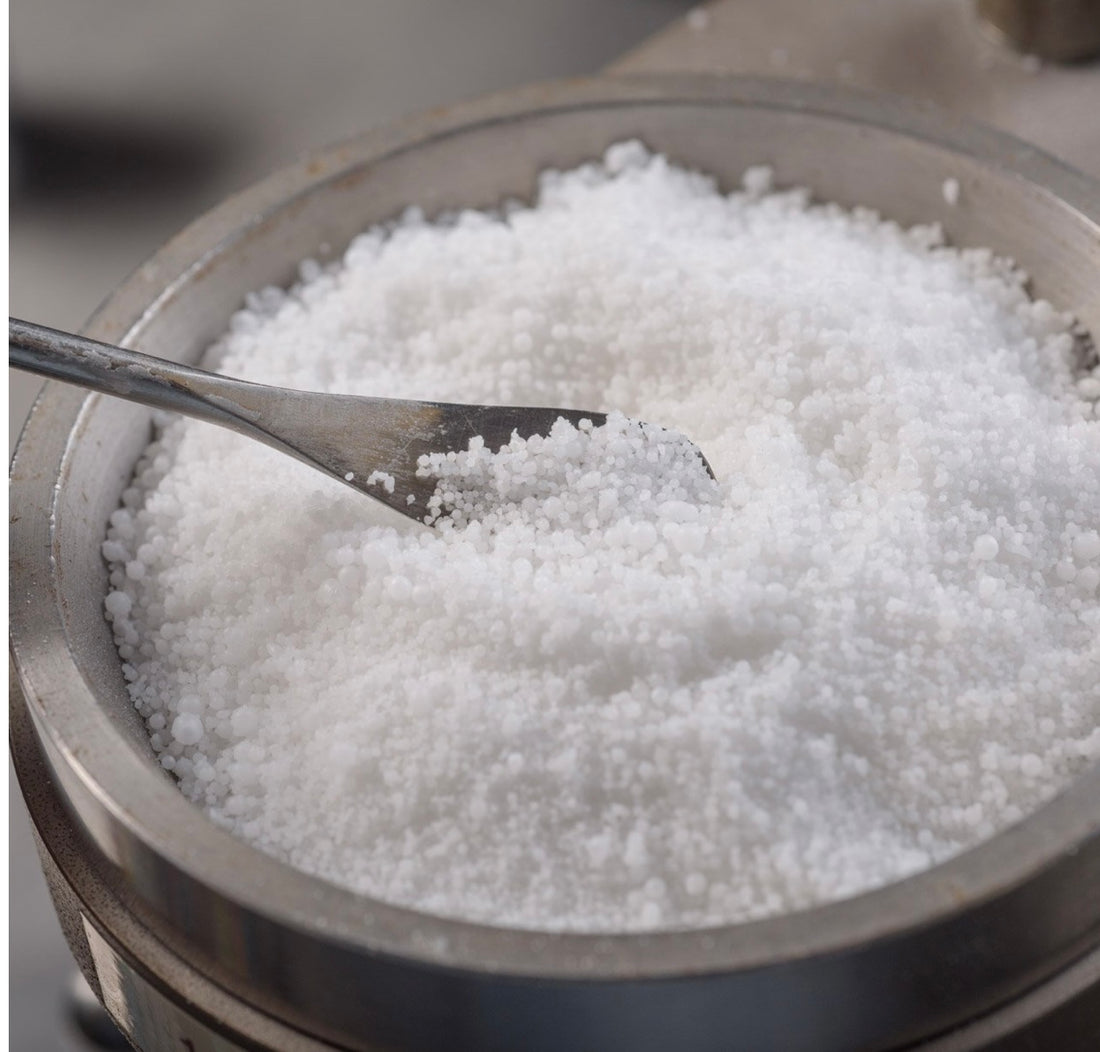
The Truth About Paraffin Wax
Share
If you’re confused about paraffin wax, you’re not alone. There’s a lot of conflicting information out there, especially concerning its impact on health and the environment. This blog aims to provide a clear, objective look at paraffin wax—how it’s made, its common uses, and the myths surrounding it.
What is Paraffin Wax?
Paraffin wax is a byproduct of crude oil, first produced in 1830. It’s a key material in candle making due to its clean and consistent burn. The wax undergoes a refining process to remove impurities, resulting in a highly purified product known as fully refined paraffin.
Is Paraffin Wax Toxic?
There’s a misconception that paraffin wax is toxic. This belief may stem from concerns about less refined types of paraffin, which do contain impurities. However, fully refined paraffin wax, used in candles, is highly purified and non-toxic. Studies have shown that paraffin candles emit the same low levels of combustion byproducts as candles made from soy, beeswax, or other waxes.
What the Science Says
A 2007 study by the Bayreuth Institute of Environmental Research found that all well-made candles, regardless of the wax type, burn cleanly and pose no health risks. Soot production, often cited as a concern for paraffin candles, is actually more related to improper wicking than the wax itself. Properly wicked candles, whether made from paraffin or plant-based waxes, burn cleanly.
Paraffin Wax Properties
Paraffin wax is popular in candle making because of its strong hot throw, aesthetic appeal, and consistent performance. It holds color well, doesn’t frost like soy wax, and allows for vibrant colors with less dye. For candle makers, this consistency translates to less troubleshooting and more reliable results.
Environmental Impact
Paraffin wax is a petroleum byproduct, which raises environmental concerns. However, it’s important to note that paraffin wax is made from a part of crude oil that would otherwise be discarded. While the petroleum industry has significant environmental issues, using byproducts like paraffin wax can be seen as a way to maximize the use of extracted resources.
Common Uses of Paraffin
Beyond candles, paraffin wax is found in cosmetics, skincare, food coatings, and even in some medical applications. It provides texture to lip balms, preserves fruits, and is used in therapeutic treatments.
Takeaways
• Fully refined paraffin wax used in candles is highly purified and safe.
• Claims of paraffin’s toxicity are largely unfounded, especially when compared to other wax types.
• Proper candle-making techniques are more important for clean burning than the type of wax used.
• Paraffin wax, as a petroleum byproduct, contributes to sustainability by utilizing what would otherwise be waste.
Understanding the facts about paraffin wax can help you make informed choices, whether you’re a candle maker or a consumer
